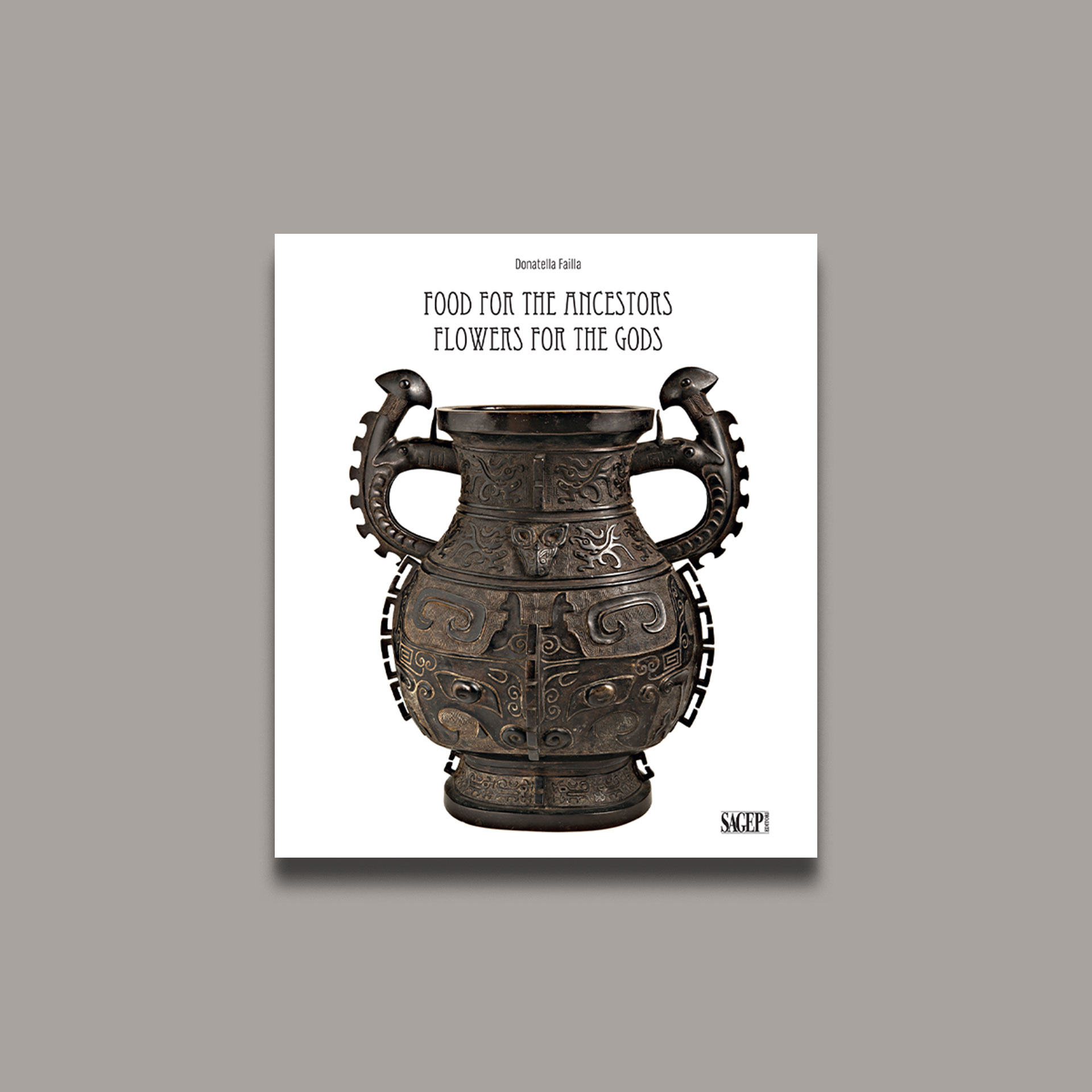Food for the Ancestors Flowers for the Gods
The ‘Edoardo Chiossone’ Museum of Oriental Art in Genoa holds the Japanese and Chinese art collections which Edoardo Chiossone (Genoa 1833-Tokyo 1898), distinguished Genoese professor of design and engraving techniques, gathered during his over 23-year stay in Japan, from 1875 until his death in early April 1898. Thanks to their ample variety, the collections allow for studying and researching both the history of Japanese art and the artistic and cultural relations between Japan and China. In this regard, of particular importance is the bronze and metal ware collection, featuring archaistic pieces datable from the Song dynasty (960-1279) until the late Qing dynasty (1644-1911). Besides documenting the plurisecular, multifaceted Chinese interest in Antiquity, the Chiossone collection also attests to the Japanese taste and tradition of gathering Chinese bronze vessels between the 13th and 19th centuries, that is, from the Kamakura and Muromachi periods up to the Meiji era. Initially cultivated by Buddhist clergy in the Kamakura period and then passing to the military aristocracy of the Muromachi period, this collecting tradition spread in the 16th century amongst the masters of flower arrangement and of chanoyu 茶の湯, the tea ceremony, and, from the mid-18th century until the late 19th century, amongst the senchajin 煎茶人 and bunjin 文人, adepts of the ‘way of steeped tea’ (senchado) and men of letters, respectively, who fervently admired Chinese civilization.

